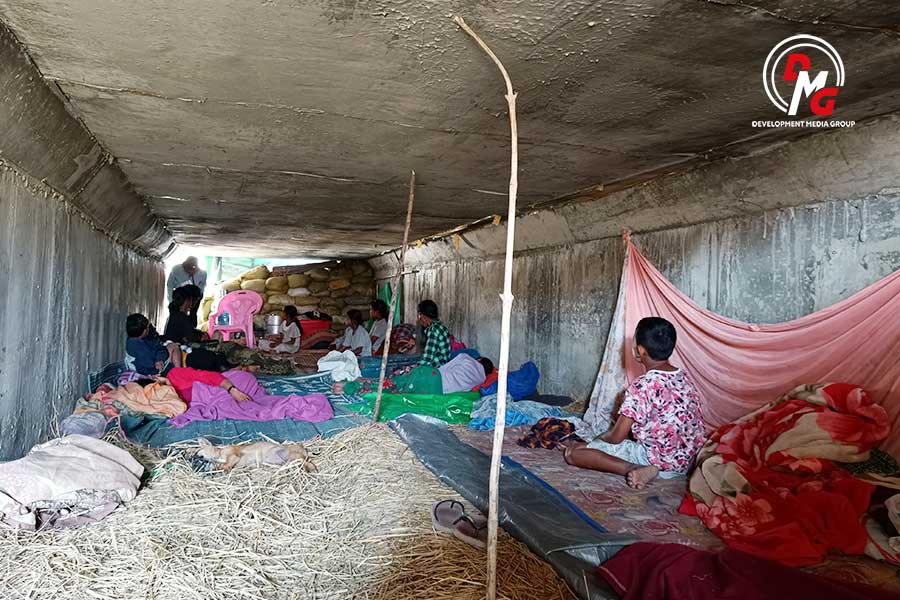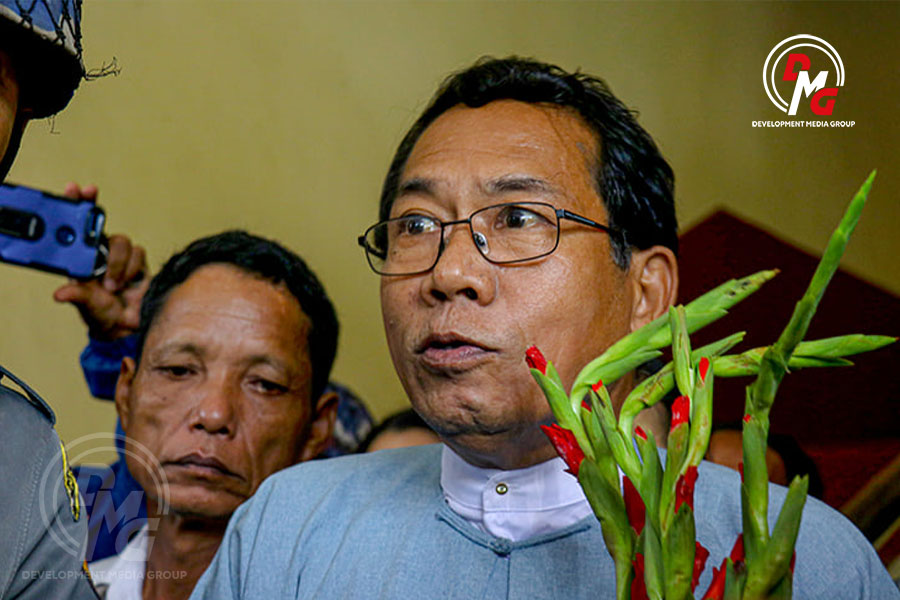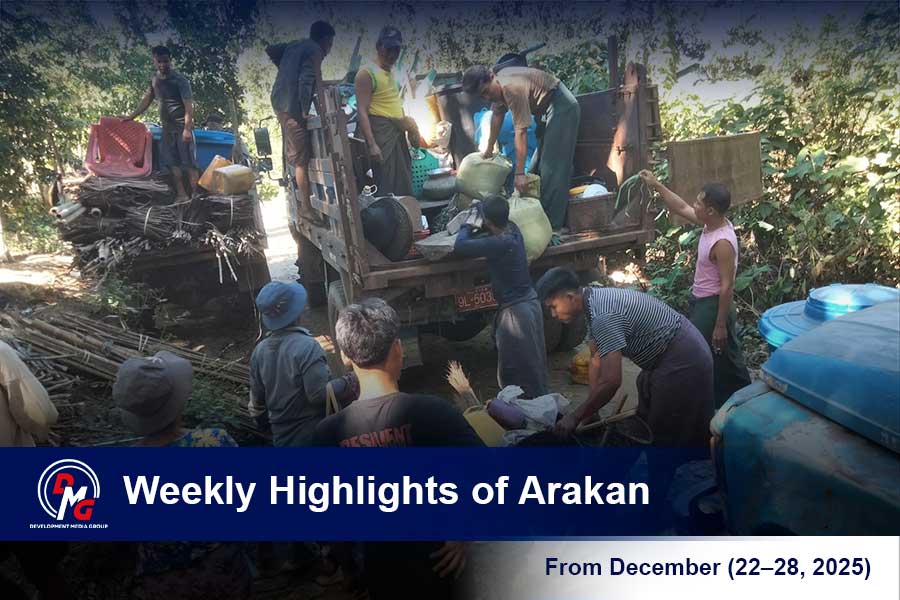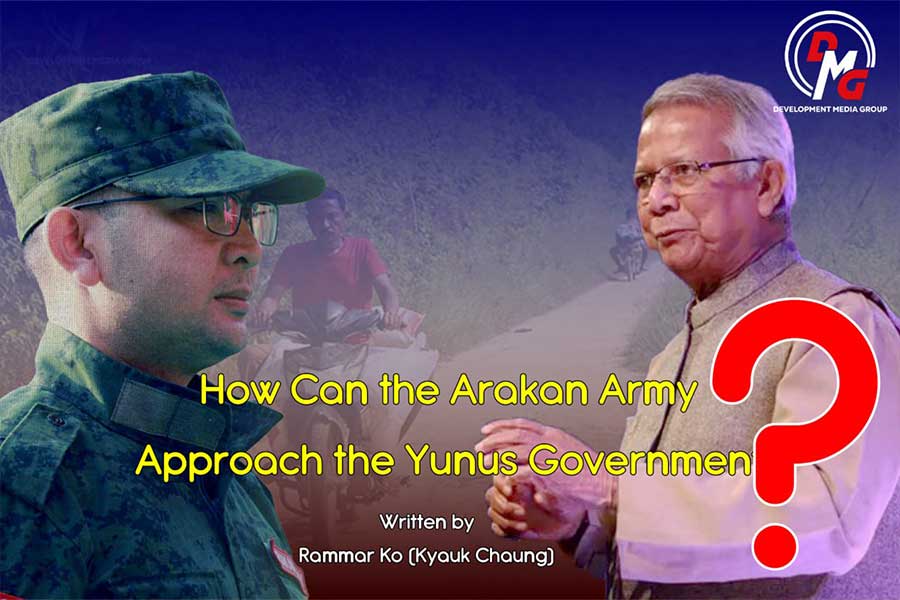- 2025 Review of Arakan State
- Manaung residents hit hard by junta blockade
- How the Arakan Army Can Engage the Yunus Government Amid Myanmar's Election Push, Border Pressures, and a Deepening Arakan Crisis
- Thandwe civilians sleep in bomb shelters amid junta air attacks
- Nearly 900 civilians killed or injured in Arakan State over one year: DMG tally
Monograph in the works on history, culture of Maramagyi people
Maramagyi representatives from across Myanmar met over the weekend in Kyaukphyu Township, Arakan State, to discuss writing a historical monograph on the culture and literature of the Maramagyi people, who are considered a tribe of the Arakanese ethnic group.
26 Jul 2022
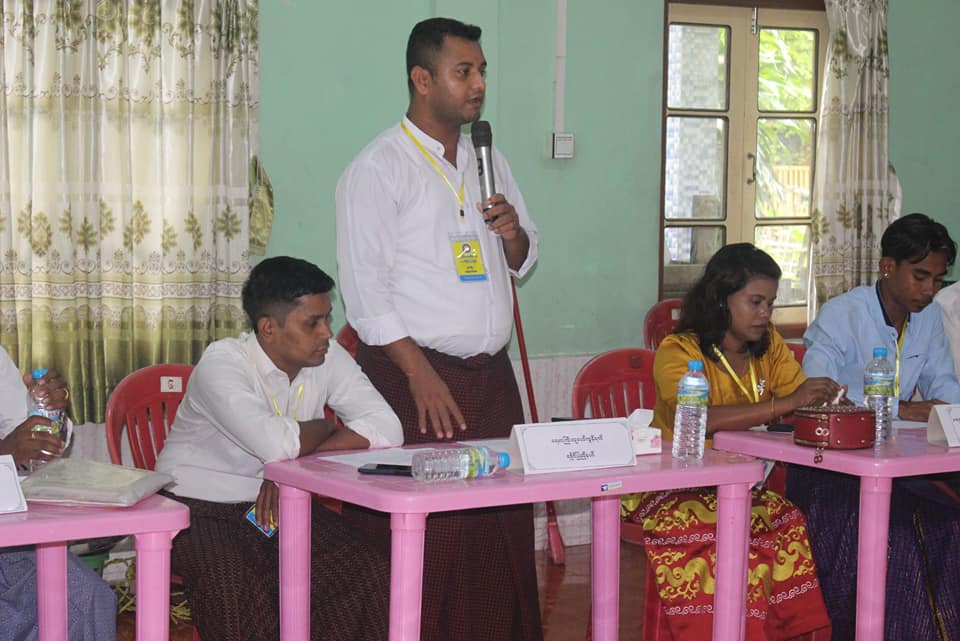
DMG Newsroom
26 July 2022, Kyaukphyu
Maramagyi representatives from across Myanmar met over the weekend in Kyaukphyu Township, Arakan State, to discuss writing a historical monograph on the culture and literature of the Maramagyi people, who are considered a tribe of the Arakanese ethnic group.
“A total of 32 Maramagyi representatives including those from Sittwe, Mrauk-U, Minbya, Ponnagyun, Maungdaw, Mrauk-U and Yangon, as well as representatives of Maramagyi networks and youth organisations, are discussing to draft the monograph,” said monk Bhaddantawara of the Yadana Beikman Monastery, where the weekend meetings were held.
A final draft of the monograph is scheduled for submission to the Arakan State Ethnic Literature and Culture Department by September 10, according to the chairman of the Maramagyi Culture and Literature Association, U Oo Maung Nu.
“They have sent an instruction to draft a monograph. So, we discussed with representatives from other townships and decided to hold the meeting in Kyaukphyu,” he said.
The monograph will include a history of the Maramagyi tribe, data on their population size in respective townships, and information on customs and beliefs, literature, education levels and prominent works of Maramagyi people.
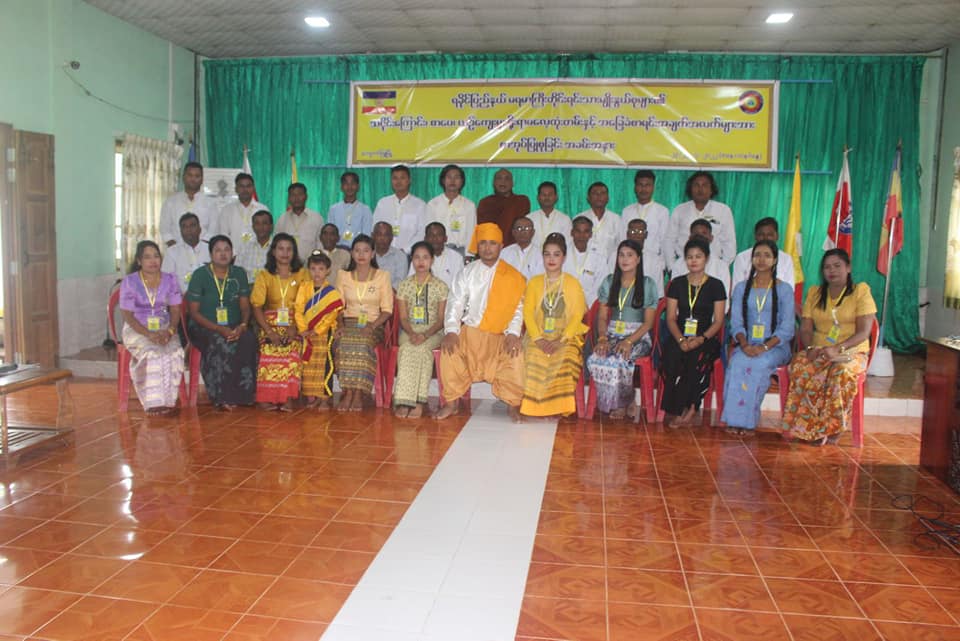
DMG was unable to obtain comment from Arakan State Ethnic Affairs Minister U Tin Hla about the drafting of the monograph.
The majority of Maramagyi people live in Arakan State’s Kyaukphyu, Minbya, Myebon, Mrauk-U, Sittwe, Ponnagyun, and Maungdaw townships, with smaller populations also spread across Upper Myanmar, and in Shan State’s Kalaw Township.
Maramagyi people predominantly follow Buddhism, and have a population of just 15,000 people nationwide, according to the Maramagyi Literature and Culture Association.





